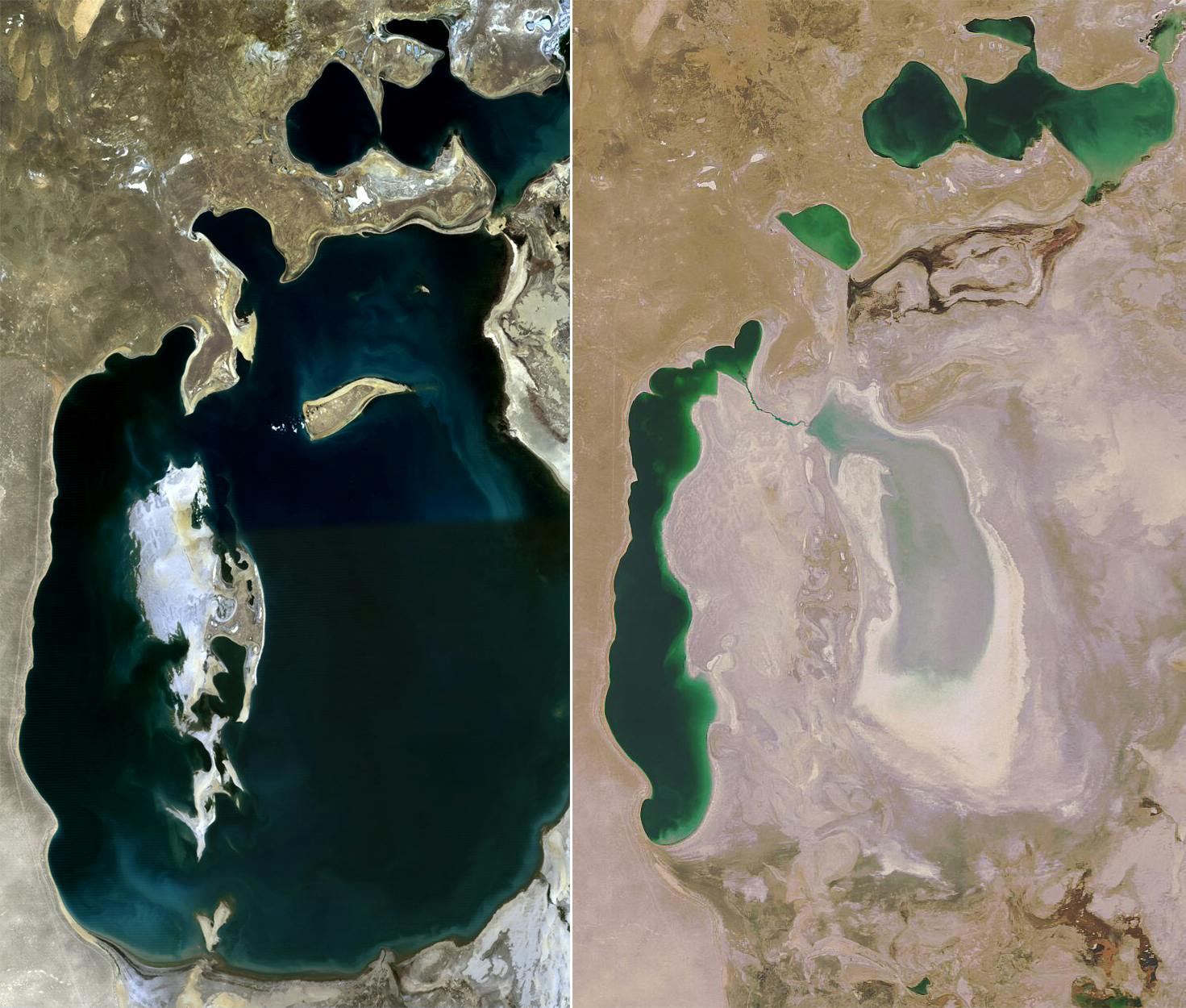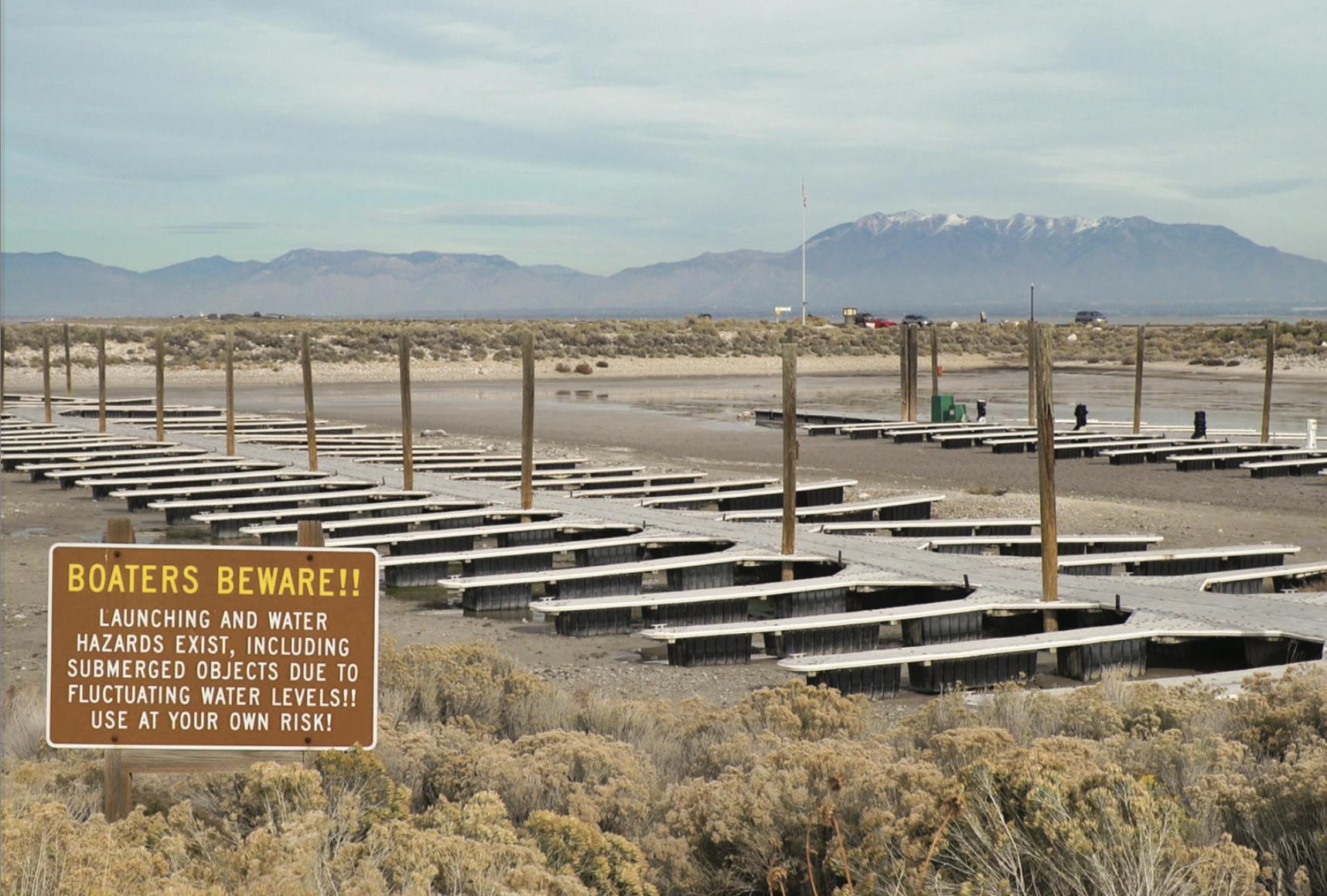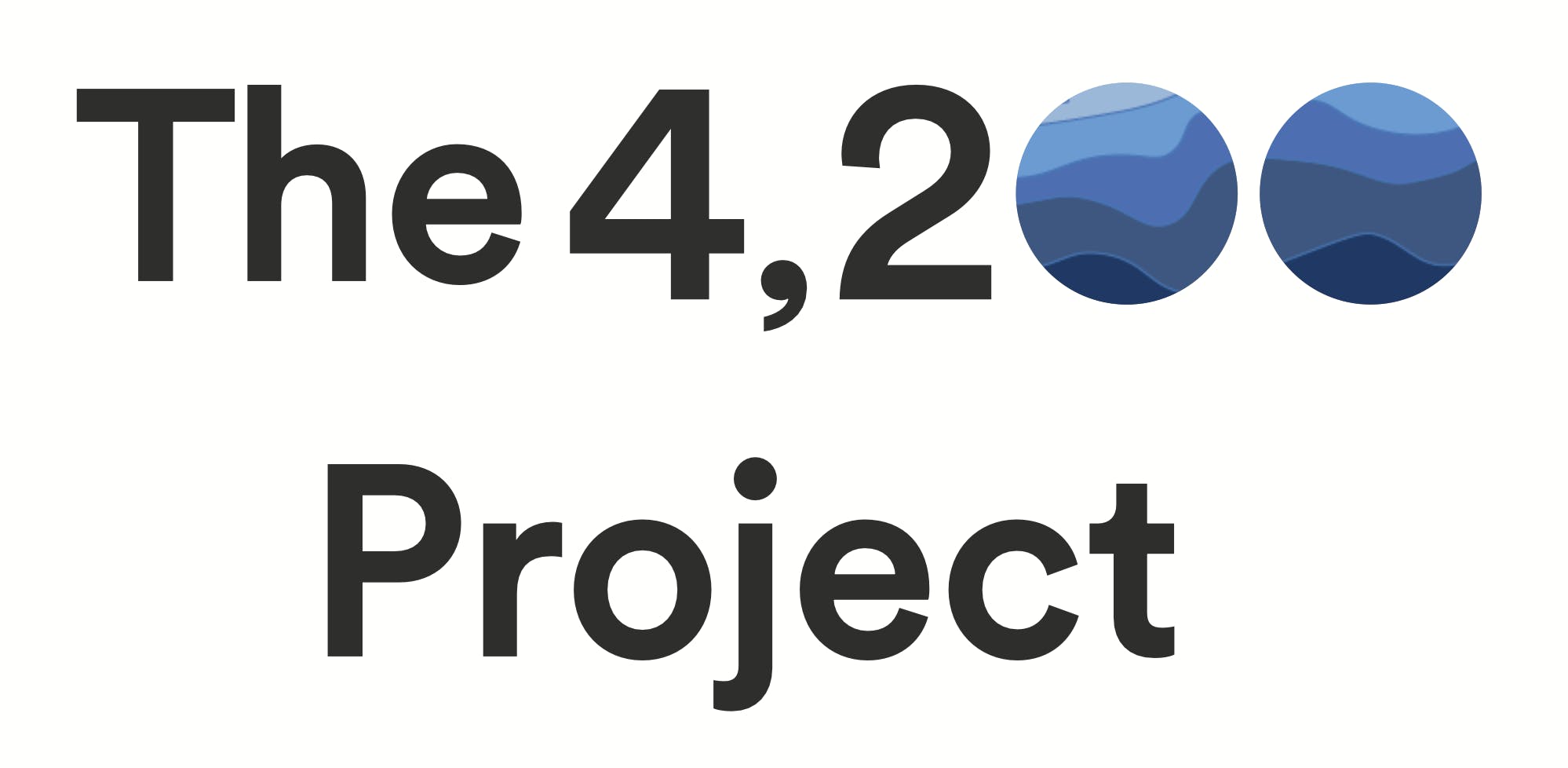Today, the Great Salt Lake is in crisis. Upstream water diversions have resulted in record low lake levels.
Raising the Great Salt Lake to 4,200 feet above sea level will sustain $1.3 billion in economic activity and restore the largest wetland ecosystem in the American West.
As the Great Salt Lake Waterkeeper, the Utah Rivers Council has the policies to achieve this goal—and we need your help to implement them.
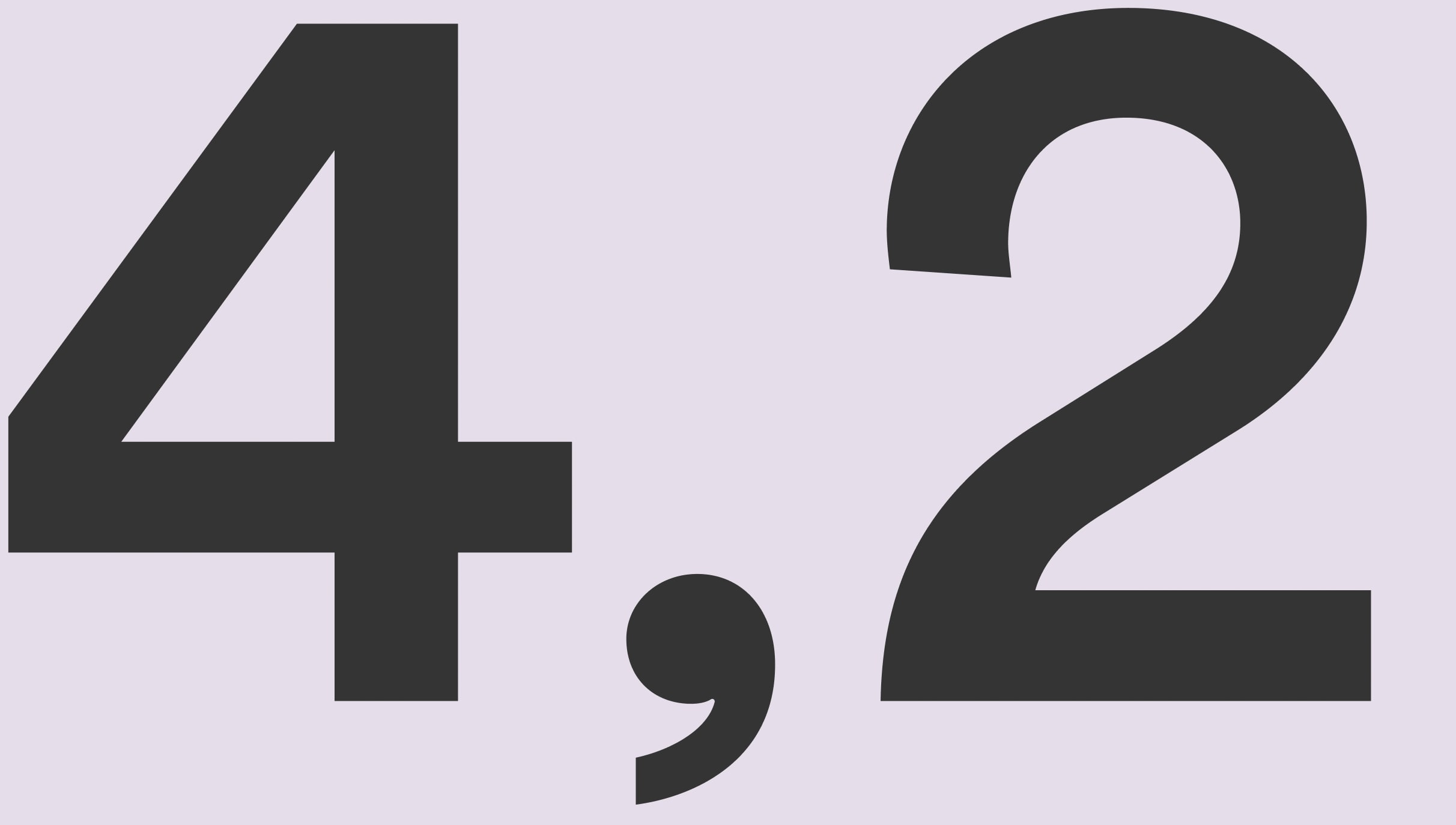


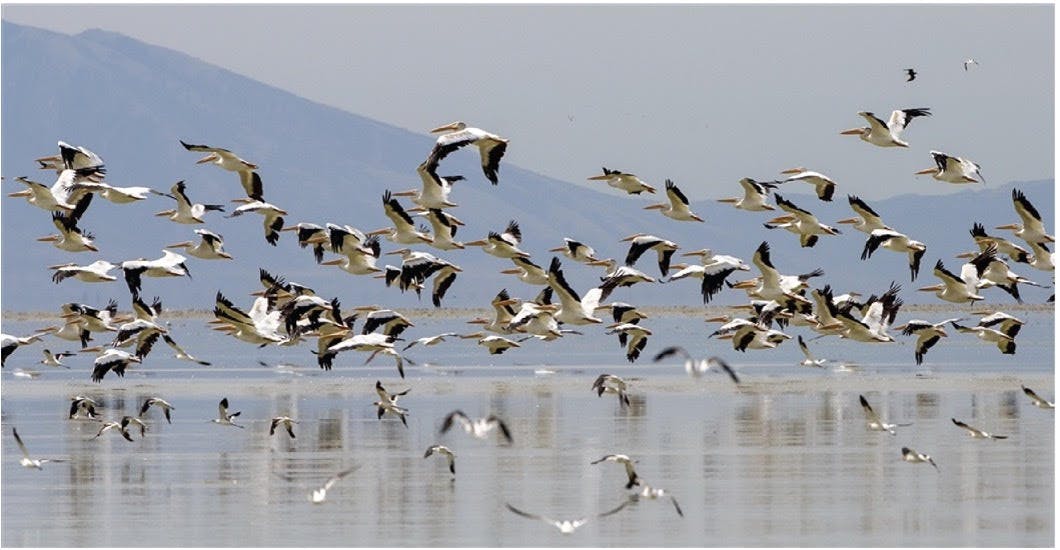

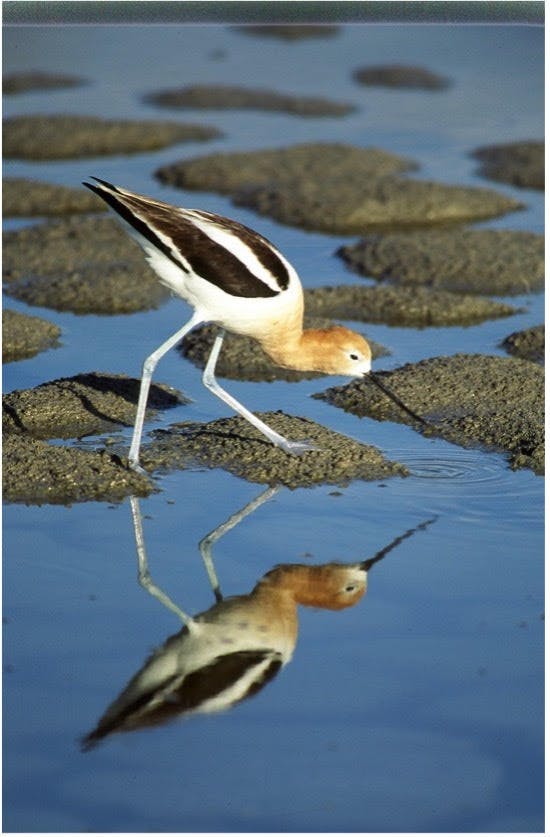
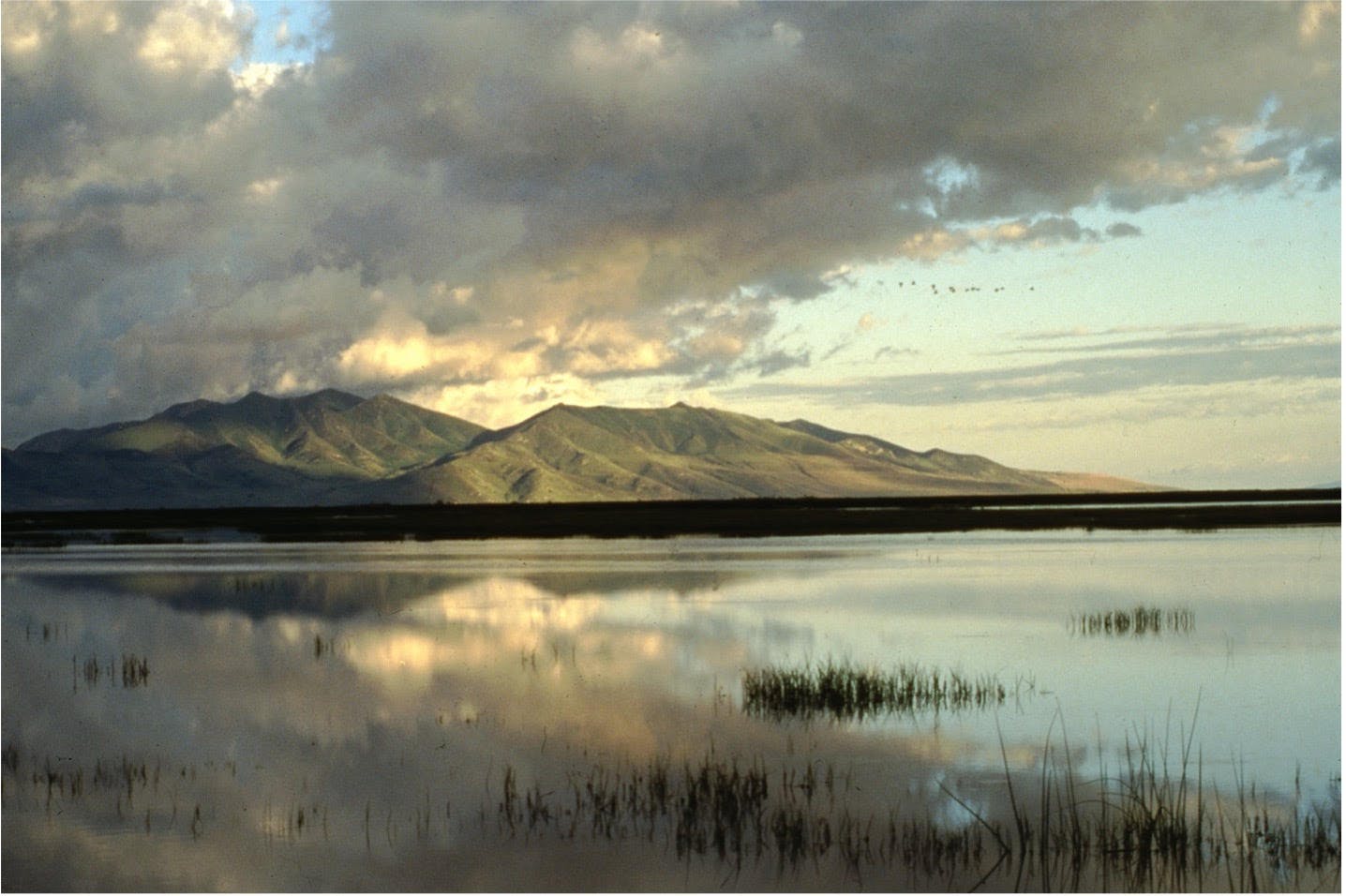
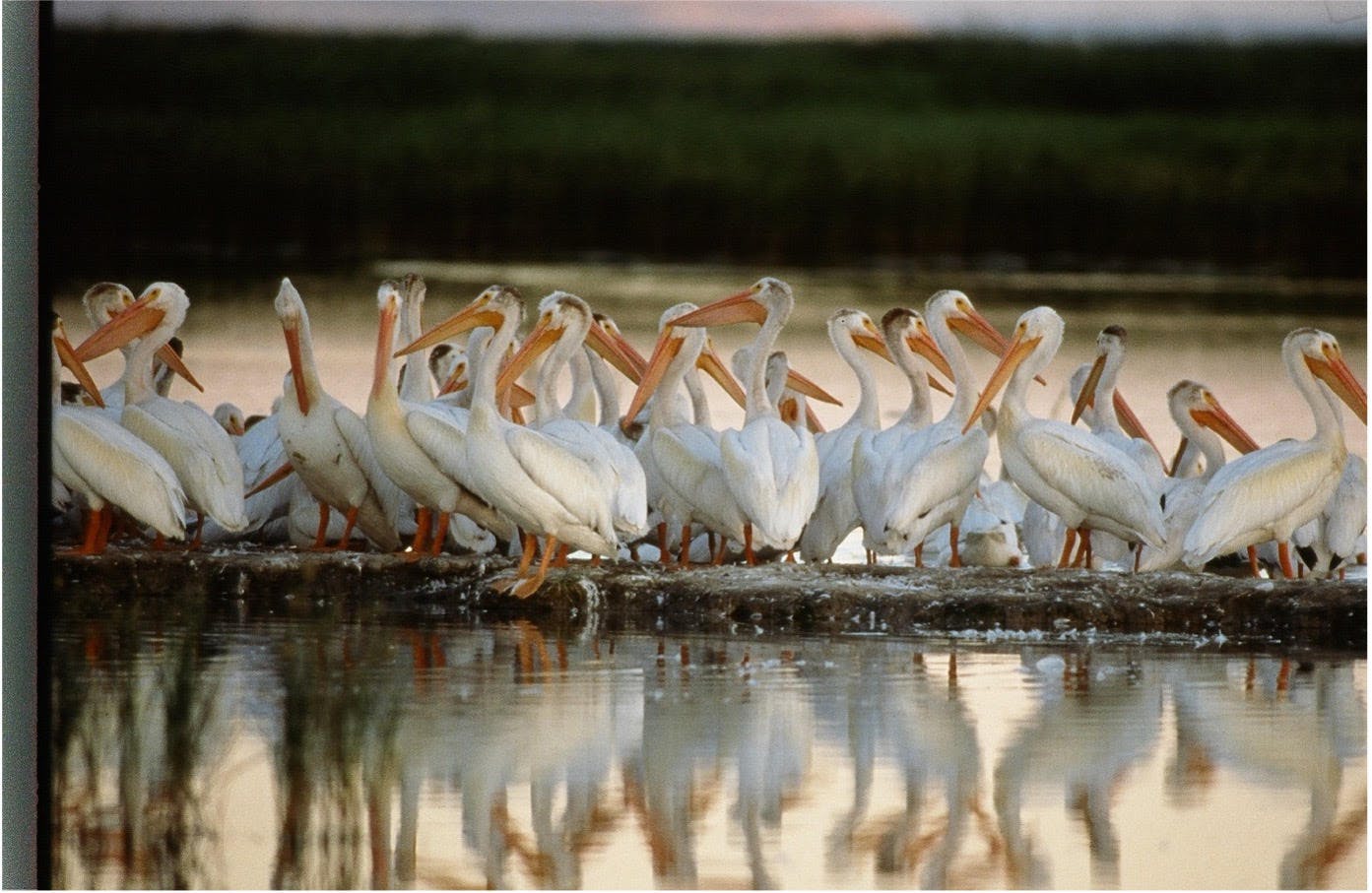
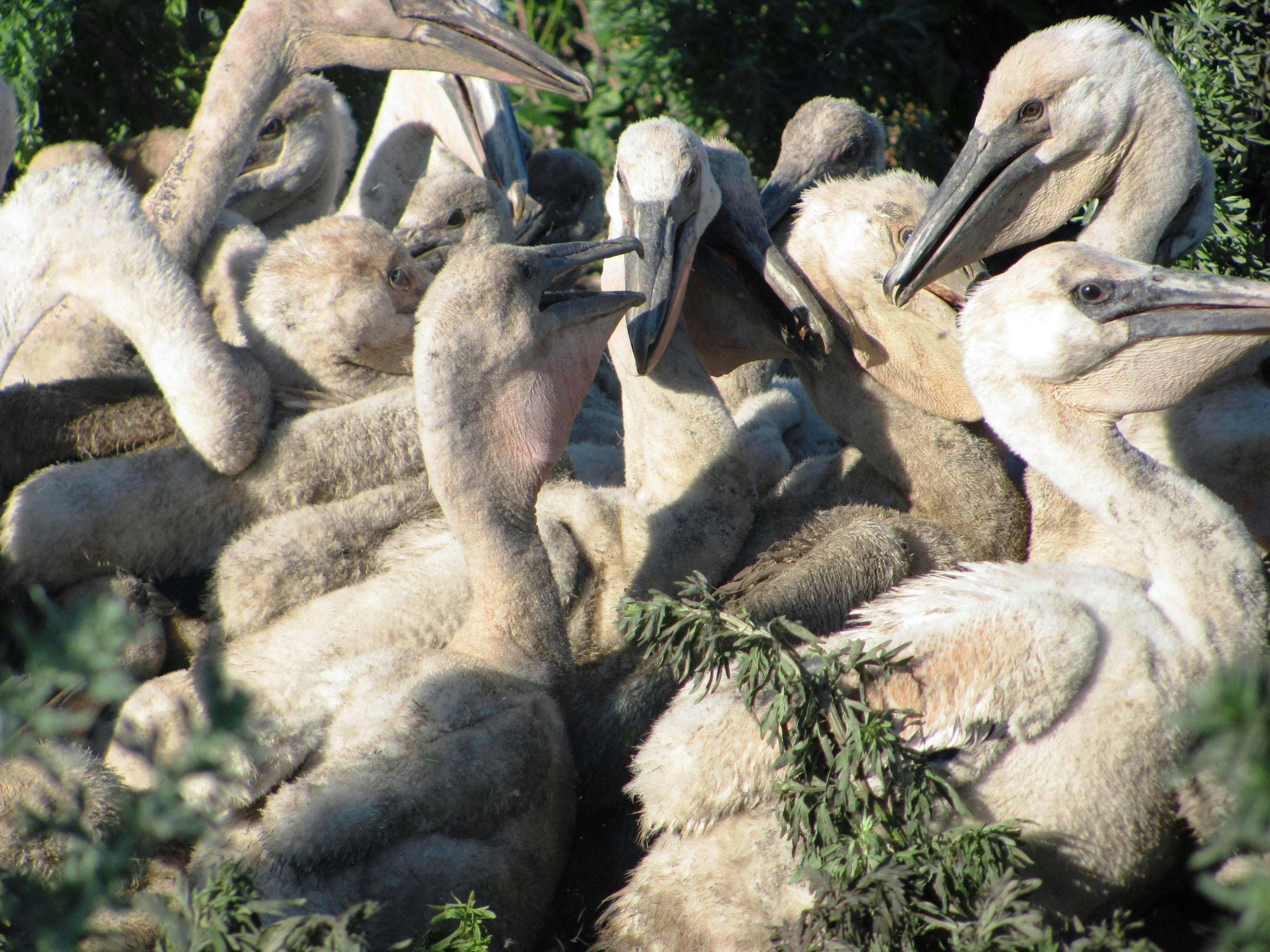
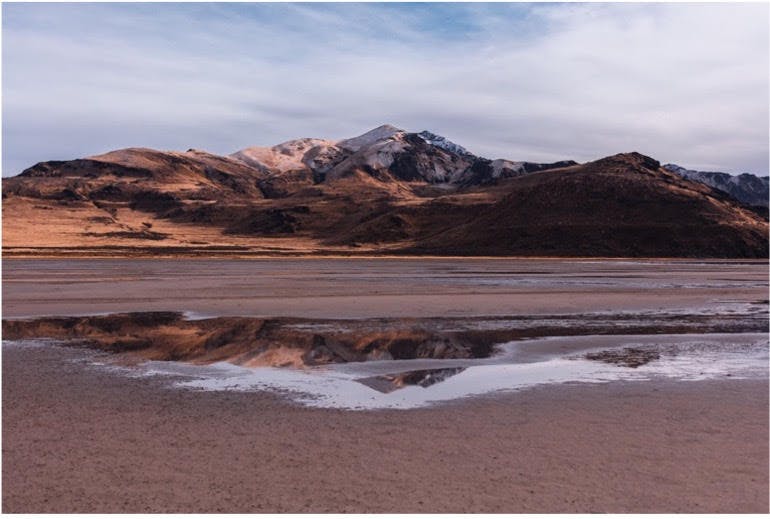
.jpg?ixlib=gatsbyFP&auto=compress%2Cformat&fit=max&w=718&h=404)
.jpg?ixlib=gatsbyFP&auto=compress%2Cformat&fit=max&w=1206&h=614)
.jpeg?ixlib=gatsbyFP&auto=compress%2Cformat&fit=max&w=1600&h=1068)
